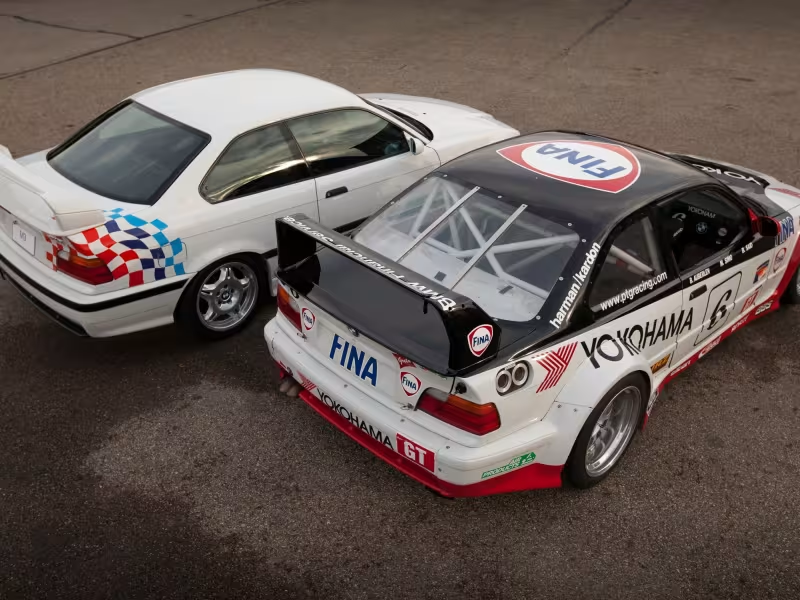
SHERIDAN, WYOMING – April 29, 2025 – Sometimes it takes passion, persistence, and a little creativity to bring greatness across the ocean. That’s exactly what happened with the BMW E36 M3, a car that almost never made it to American roads but ultimately redefined performance driving for U.S. enthusiasts—and solidified BMW's reputation for years to come.
The Challenge: Performance Dreams Versus Market Reality
When BMW M began developing the E36 M3 in 1989, they envisioned a sleek, high-performance road car, powered by the revolutionary S50 six-cylinder engine. This engine delivered 286 horsepower, wrapped in a stylish, race-inspired design. However, as Carl Flesher, former BMW of North America VP of Marketing, warned, “That, as nice as that car would be, it would be too much money, and no one would see the value and we would have trouble selling it.”
At $51,000, the European version was simply too pricey for the U.S. market, where consumers valued both thrilling performance and approachable pricing.
The Enthusiast-Led Rescue Mission
The turning point came thanks to BMW enthusiasts themselves. Journalist Bob Roemer, with support from BMW insiders like Karlheinz Kalbfell, rallied passionate BMW Car Club of America members. Their collective voice was clear: keep the M3 spirit alive in America—with six-second 0–60 acceleration, fantastic handling, and must-have comfort features like air conditioning and leather seats—for around $35,000.
Their passion proved powerful. After initially rejecting the car, BMW NA reversed course, setting the wheels in motion for an Americanized M3.
The American M3: Smart Engineering, Same Thrill
Instead of the exotic European S50 engine, the U.S. received a cleverly modified version of the M50 engine, called the S50B30US. Erik Wensberg, BMW’s Motorsport Manager at the time, recalled, “The Germans thought it was heresy to dumb-down a new M product for the U.S., but the difference was 0.2 second from 0 to 60.”
Key changes that made the U.S. M3 a success included:
- A more affordable single-throttle engine with 240 hp.
- Standard features like air conditioning and Alpine sound system.
- Softer suspension tuning for American roads.
- Attractive pricing at $35,800, right in line with enthusiast expectations.
Other than the powertrain tweaks, the American M3 remained true to its European sibling’s spirit—and most importantly, it thrilled drivers from coast to coast.
The M3’s Instant Success and Lasting Legacy
Production of the U.S.-spec M3 began in March 1994, and it immediately struck a chord. By the end of 1995, BMW NA had sold 8,515 units, a stunning achievement that far outpaced the previous E30 M3’s sales.
The momentum didn’t stop there. BMW expanded the lineup with:
- A four-door M3 sedan exclusive to North America.
- A U.S.-only convertible model introduced in 1998.
- Optional five-speed automatic transmissions to broaden appeal.
Between 1994 and 1999, BMW NA sold an impressive 35,843 E36 M3s, transforming America into BMW M’s largest market—a title it holds to this day.
Victor Doolan, former VP of Marketing, summed it up best: “We showed that at the right price point, the M3 could be wildly successful in the U.S.”
An Enduring Tribute to Enthusiast Passion
The E36 M3’s success story proves that when car enthusiasts speak, automakers can—and should—listen. Thanks to a letter-writing campaign and a willingness to adapt, BMW M didn’t just sell a car; it cemented a legacy. As Erik Wensberg said, “The CCA letter-writing campaign started the whole ball rolling in the U.S.—it’s really the club’s team.”
For those who crave the perfect blend of performance, style, and history, the E36 M3 remains a landmark. Learn more about BMW M’s thrilling lineup at www.bmwusa.com.